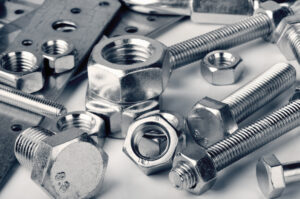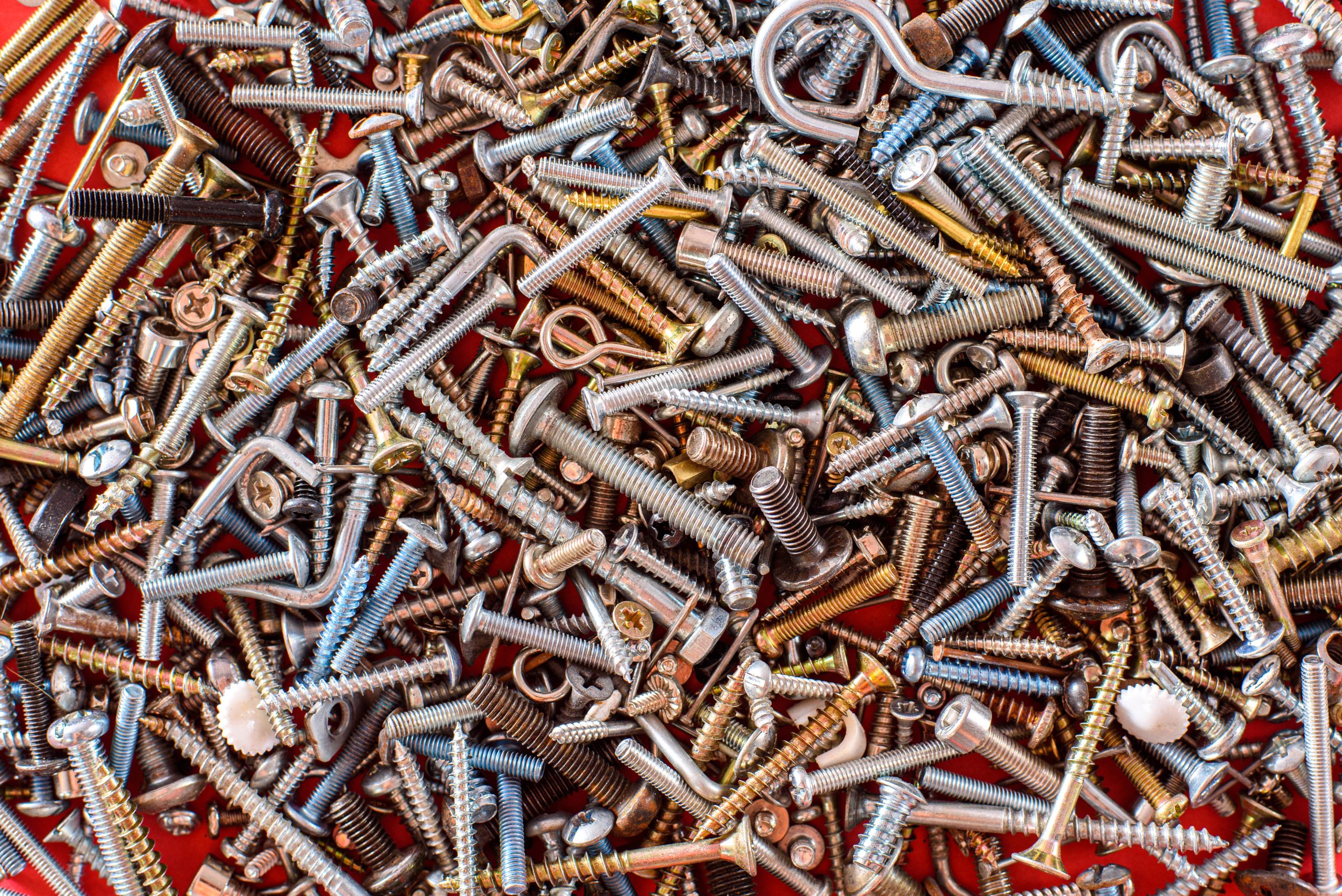
Nuts and bolts, one of the most basic and foundational sets of fastening products that, quite literally, holds the world together, were the offspring of the original screw thread invented by the ancient Greeks. Historic research has revealed that screws and combinations of nuts and bolts were in heavy use as early as the 10th century. They became especially popular for military use as the Middle Ages progressed — detailed records document the use of specific fasteners to assemble large machines and vessels. Also during this time, the variety and number of nuts and bolts increased. They were made out of a wider variety of materials including iron, copper and brass. And while nuts and bolts were used most extensively for building military machines, there are indications that people also started using them in other industries such as agricultural equipment manufacturing.
Nuts and bolts came into prominence during the Renaissance, when a French inventor figured out a way to manufacture them in volume in the 1500s. But they really came into their own during the Industrial Revolution in the 19th century and especially in the 1870s when the US Standard Thread was developed to encourage widespread use of standardized fasteners throughout the industrial world.
In recent decades, development of new fasteners sped up with the introduction of nickel-based alloys that could stand up to the high temperatures of critical applications such as high-powered engine and turbocharger design. Now, even more improved nuts and bolts are being developed using such lightweight and specialized metals as magnesium and titanium.
The use of nuts and bolts continues unabated in such modern industries as appliance and marine manufacturing, electronics, avionics, and commercial food processing. They all require a wide array of nuts and bolts in a range of materials, including nylon, stainless steel, brass, and more. Most are available in a variety of finishes such as nickel- and zinc-plated, chrome, Teflon, and galvanized – all to meet specific manufacturing and assembly requirements. Which to use is often determined by environmental conditions such as humidity, heat, cold, temperature ranges, dust and dirt, as well as physical characteristics such as torque, stress, and impact resistance.
So what’s right for your product or application? Just ask the experts here at Electronic Fasteners – we know the nuts and bolts of your industry!

